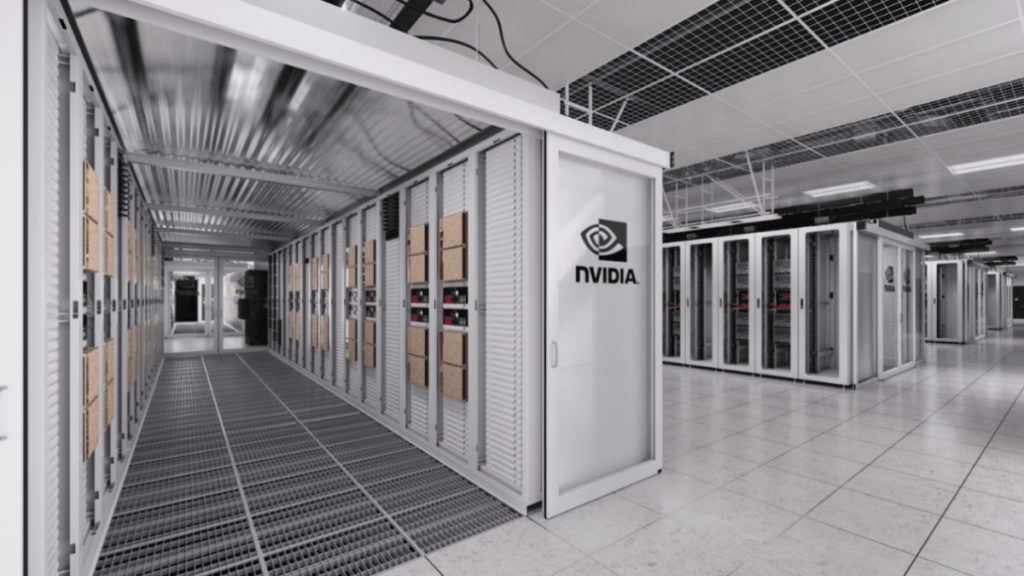
NVIDIA is already well known in the data center and supercomputing markets. Very recently, it achieved an unusual trend as its data center technology revenue surpassed its gaming revenue for the first time. Its A100 Ampere-based GPU quickly gained adoption shortly after its launch, breaking previous sales records. This technology is also commonly paired with CPUs coming from AMD, IBM, or Intel.
AMD has made great strides in recent years with power efficiency and competitive pricing in both the research vectors and consumer markets, but it is also NVIDIA’s competitor on the consumer level. It won’t be too much longer until we see more offerings coming from Intel with the Xe GPU line, either. Now with NVIDIA’s purchase of ARM Holdings, the GPU giant is already setting its sights on new markets. NVIDIA CEO and co-founder Jensen Huang had the following to say regarding the recent purchase:
With increasing competition coming in GPUs and a failure to capture any of the initial exascale class machines, NVIDIA might be angling to change the nature of the game in the datacenter. This is the only thing that makes sense to us, and it is a high price to pay but it could – just maybe – pay off. And NVIDIA would have a business that spans from datacenter to edge, to the cloud, to the client, to embedded.
ARM on the Rise
This is not the only thing that has shaken up the supercomputing world in 2020. It was only a few months ago that the ARM-Powered, 415.5-petaflop “Fugaku” took the crown as the world’s most powerful supercomputer. This was achieved using Fujitsu’s 48-core A64FX SoC, which Jensen also referenced in a recent briefing.
Where NVIDIA is very strong in datacenters and high performance computing, Arm has in the last several years has made really wise decisions and investments, and we are now seeing the early results of that, with the Fujitsu A64FX and the Amazon Graviton2, but there is going to be a lot more and we want to put a lot more energy into it.
A Triple Threat in the Making
Although the purchase of Arm Holdings is making the current headlines, it is not the only large-scale investment NVIDIA has made this year. In April, it completed the purchase of Mellanox, a well-known networking and interconnect company. Combining these purchases, along with its pre-existing GPU portfolio, and you have a triple threat ready to challenge all in the supercomputing arena at every step of the way. Jensen Huang expanded upon this in an interview with The Next Platform’s Timothy Prickett Morgan.
We will have in one company three incredible franchises and three incredible platforms, I think these three ingredients are the essential components of computing, and we have the opportunity to help advance computing across the entire range, from cloud to high-performance computing to PCs to workstations to consoles to self-driving cars to robotics to edge AI.
Next Steps
DSOG quoted Timothy Prickett Morgan asking the following of Mr. Huang, in regards to manufacturing CPUs for the data center.
Will you actually take an implementation of something like Neoverse first and make an Nvidia-branded CPU to drive it into the datacenter? Will you actually make the reference chip for those who just want it and actually help them run it?
Jensen replied:
Well, first of all, you’ve made an amazing observation, which is all three options are possible. So now with our backing and Arm’s serious backing, the world can stand on that foundation and realize that they can build server CPUs. Now, some people would like to license the cores and build a CPU themselves. Some people may decide to license the cores and ask us to build those CPUs or modify ours.
There you have it. All the pieces are in play now, and it is only a matter of time until NVIDIA begins to expand its presence in the data center market. From CPUs and GPUs to networking and interconnecting technology, it will have nearly all angles covered.
